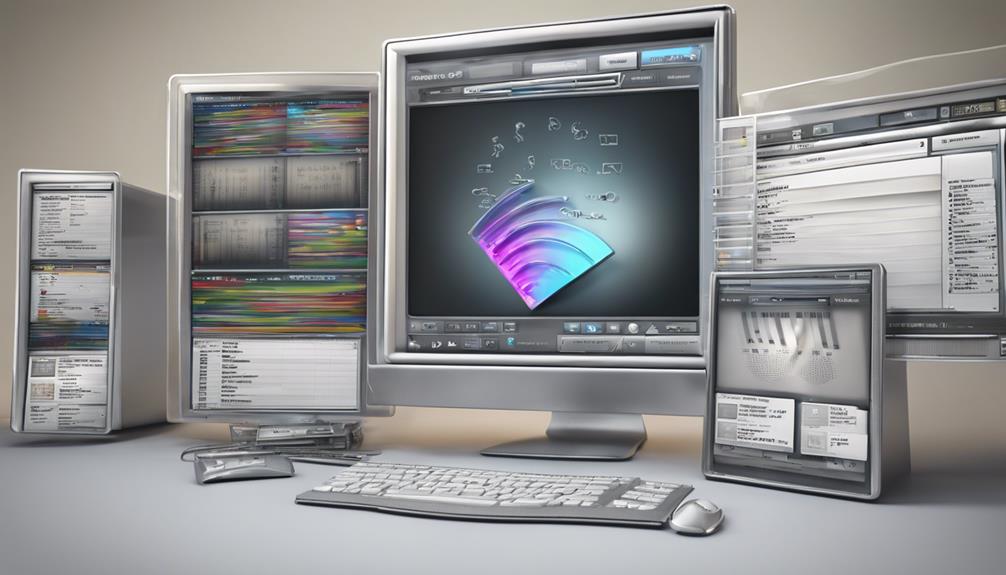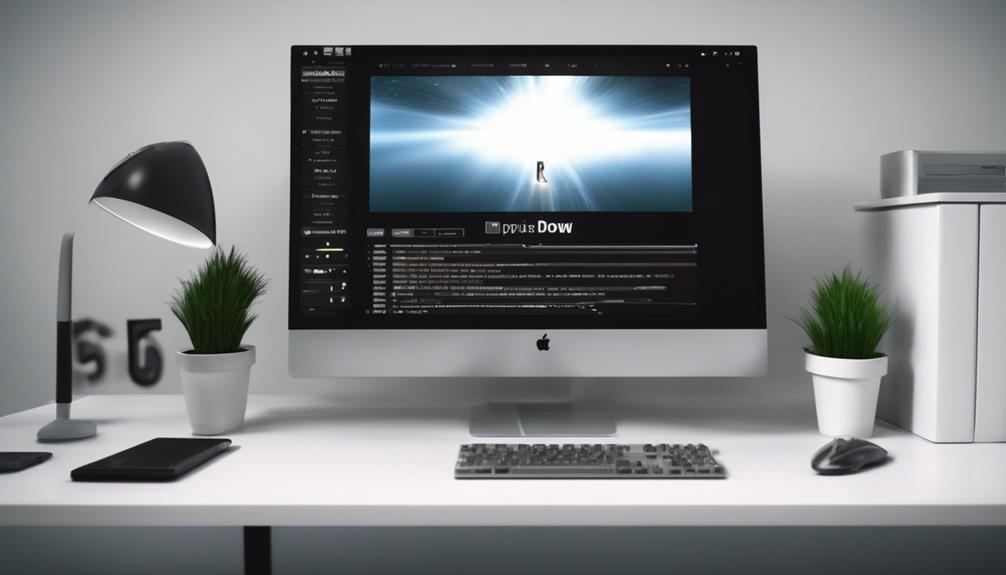How To Record Violins
In this video, I talk about how to record violins on a budget. The track from this video can be found here. In the video, I share some tips for getting a clean and professional sound without breaking the bank. This includes using affordable microphones and finding the right space to record in. Exploring new locations can also help to add natural reverb and ambiance to the recording, giving it a more dynamic and rich sound. These techniques can be especially helpful for home studio musicians or independent artists looking to create a polished and professional sound.
The microphones I mentioned in this video are:
- Rode M5 (Cheap but still decent)
- Rode NT5 (Medium + slightly better)
- Coles 4038 (Best, but most expensive)










